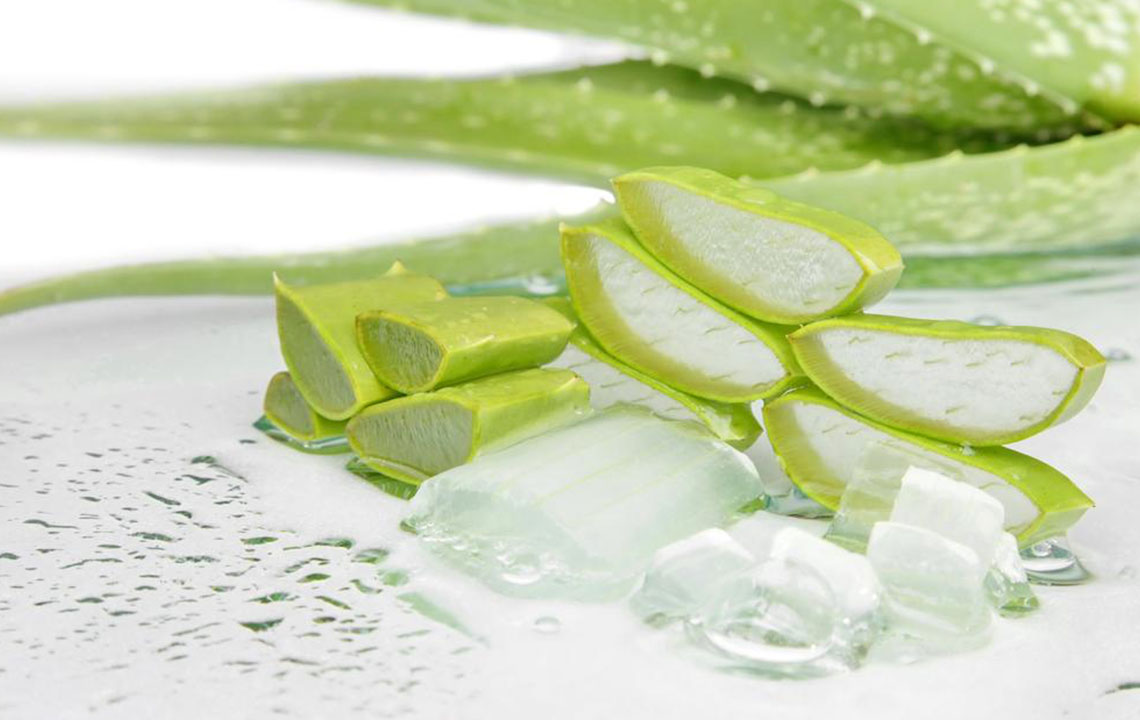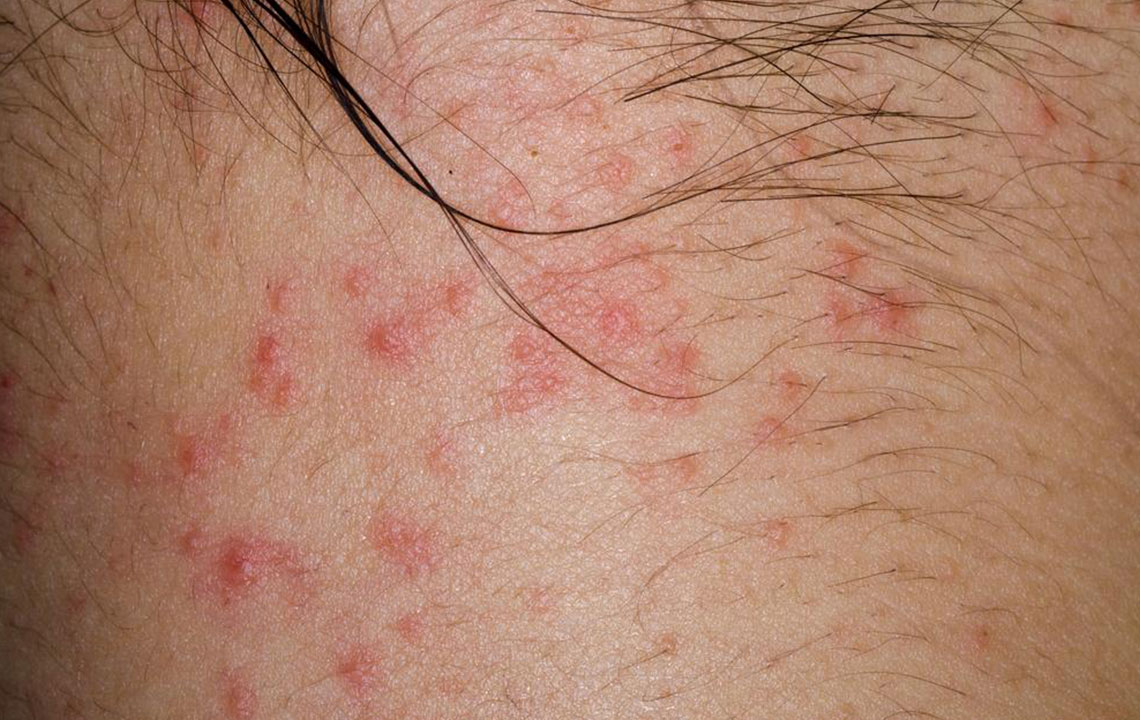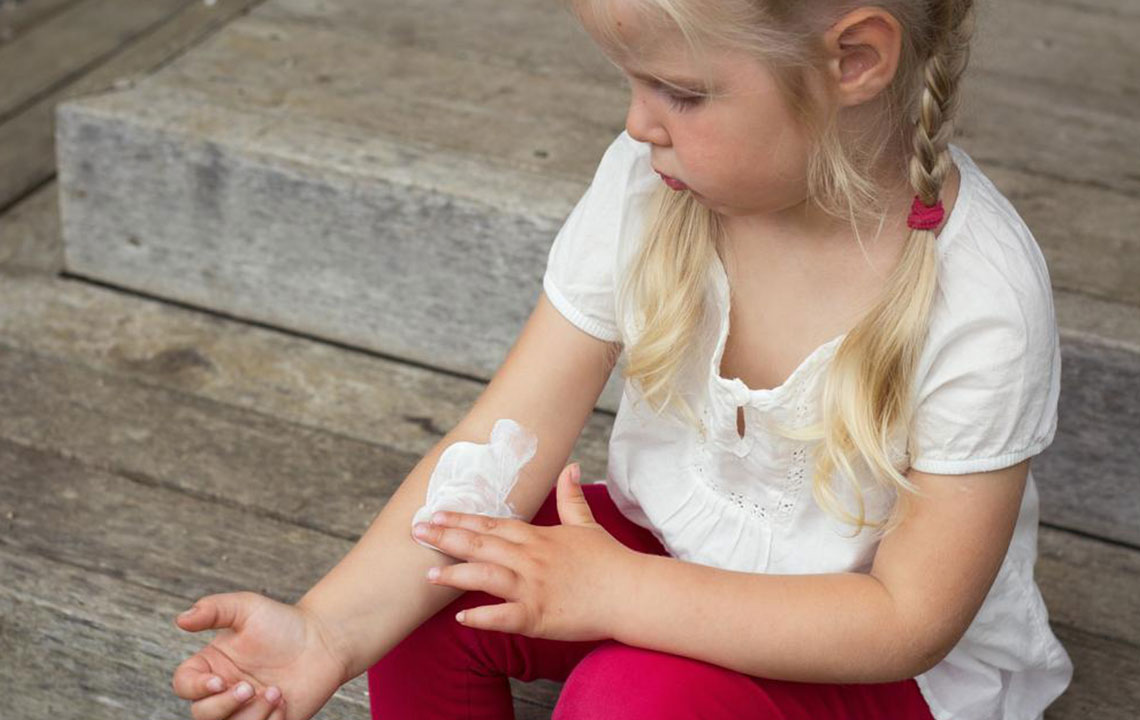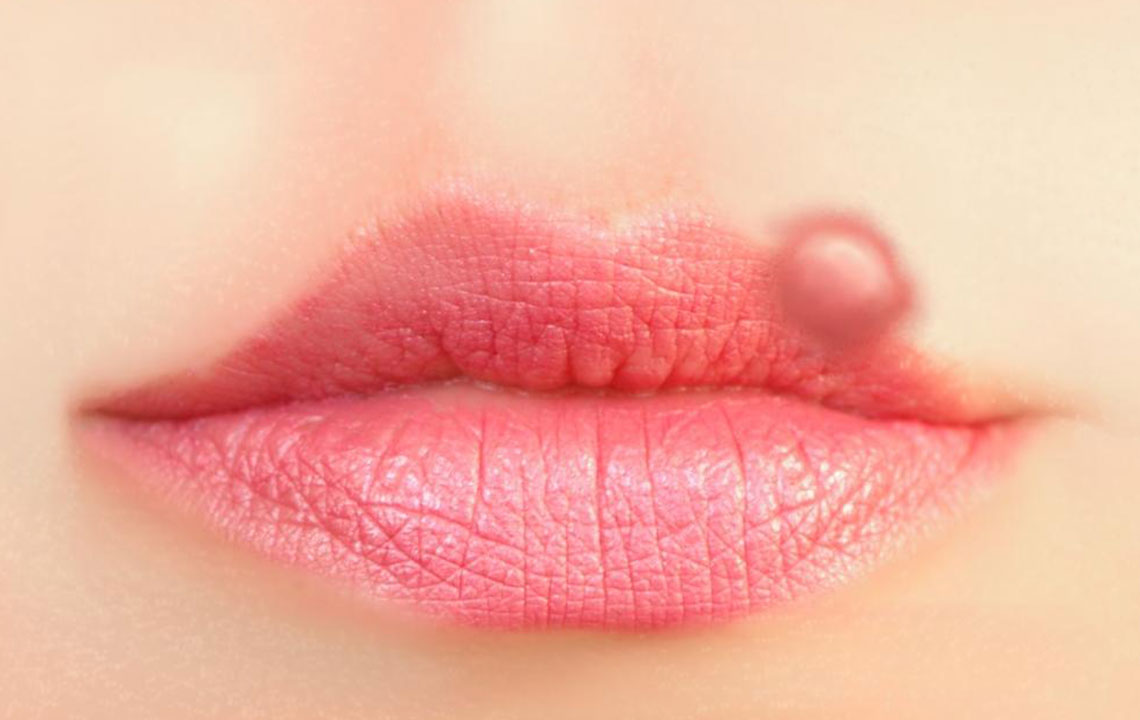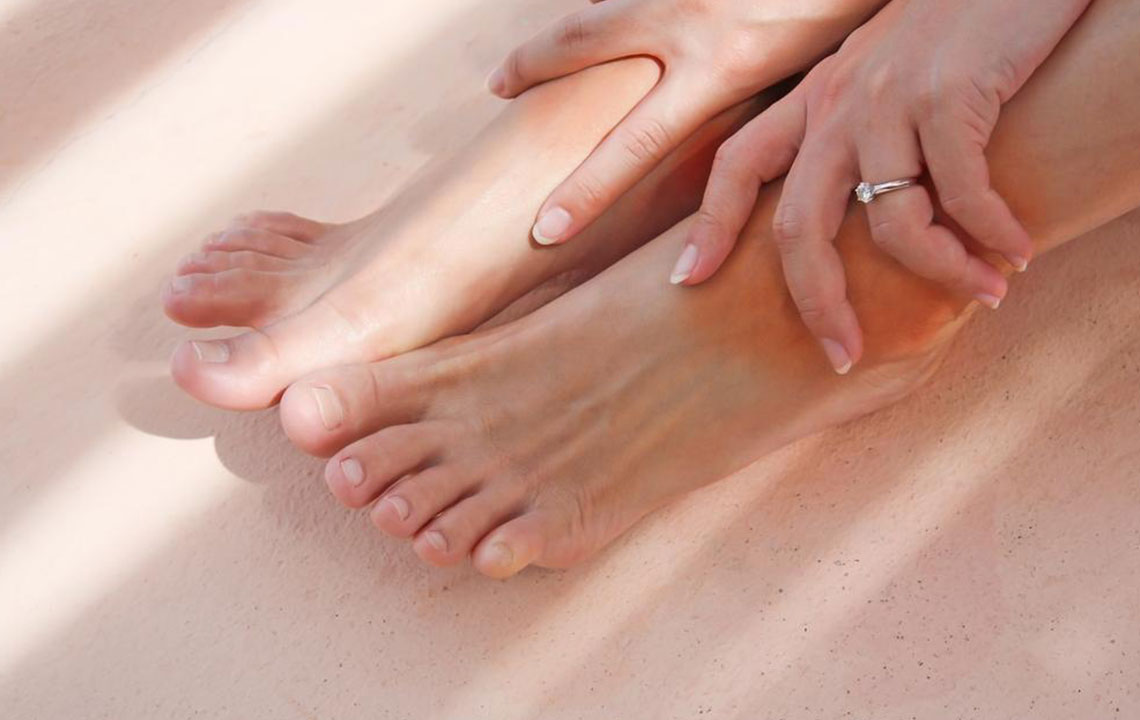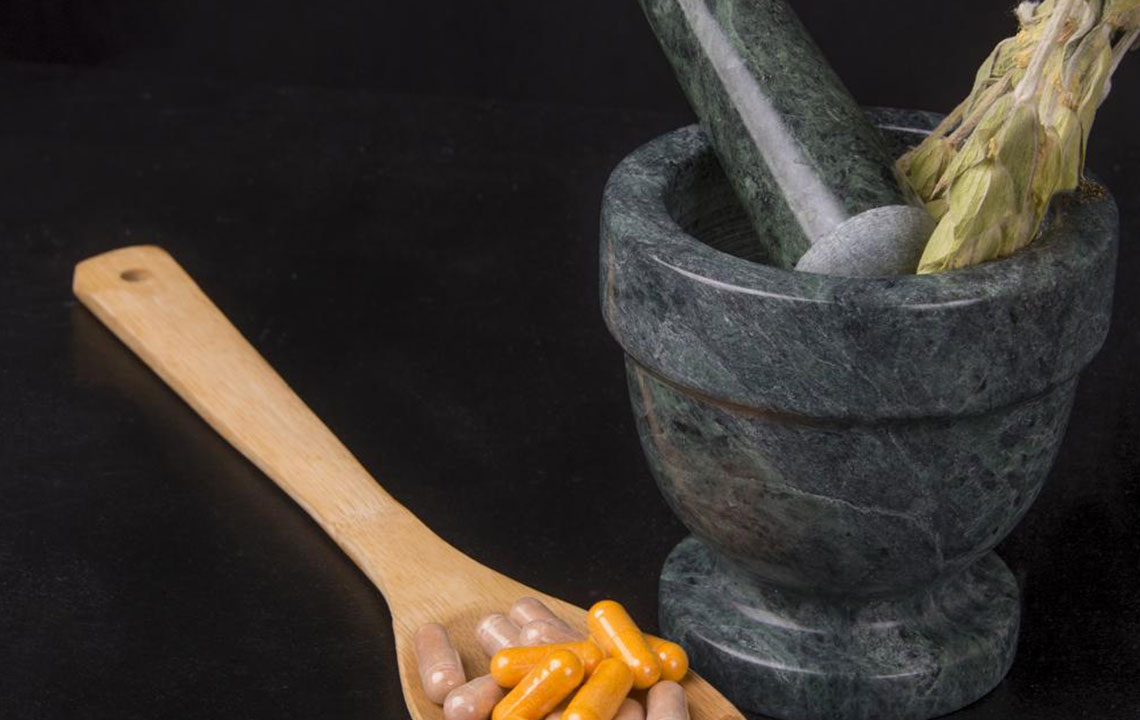Effective Strategies to Treat Fire Ant Bites
Learn effective methods to treat fire ant bites, including first aid steps, home remedies, and when to seek emergency care. This guide helps you manage pain, swelling, and allergic reactions associated with fire ant stings efficiently and safely.
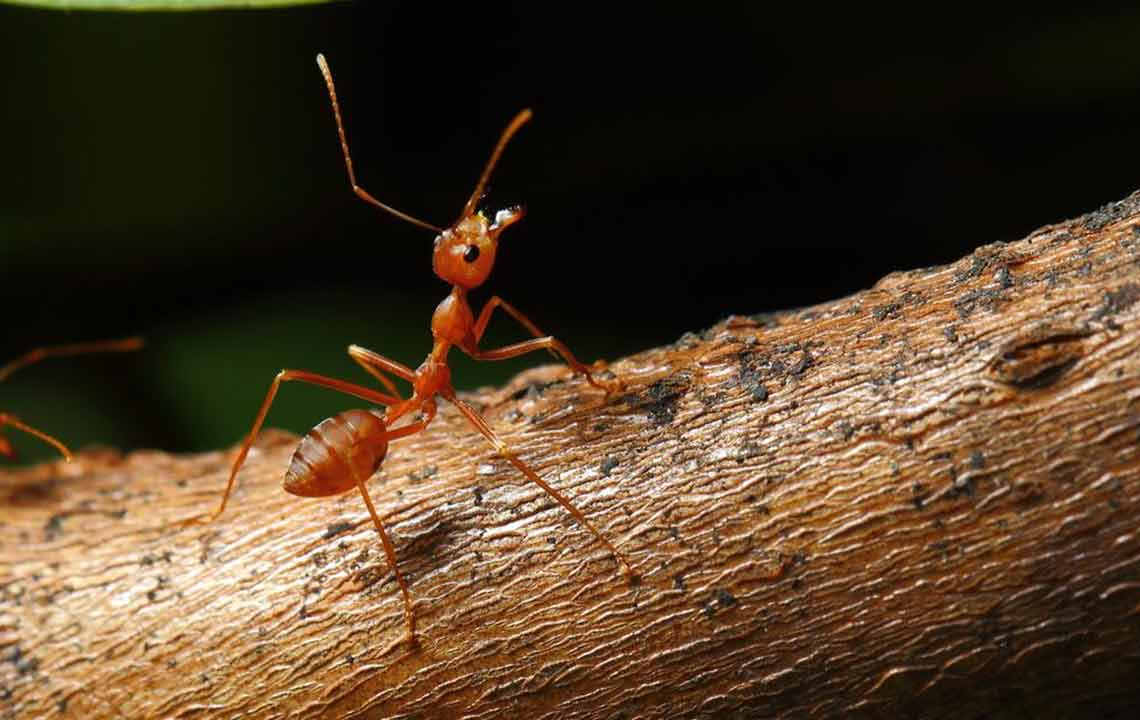
Effective Strategies for Fire Ant Bite Treatment
Fire ant stings can cause intense pain and may lead to serious allergic reactions in some individuals. Immediate medical attention is essential if symptoms like difficulty breathing or throat tightness appear after a sting.
Important Tips for Managing Fire Ant Bites:
Identify if you have allergies to fire ant venom and seek emergency care if symptoms develop.
Elevate the affected area to reduce swelling.
Clean the sting site with soap and water to prevent infection.
Use antihistamines or hydrocortisone cream to relieve itching and inflammation.
Avoid popping blisters to prevent infection.
Dealing with Fire Ants
Typically, fire ant bites occur when you accidentally disturb their nests by stepping or sitting on them. The ants cling firmly to your skin with their mandibles, making removal challenging. To minimize the risk, get away from the infestation promptly and carefully remove the ants without slapping, which can provoke more bites. If ants get into your clothing, remove or treat the garments immediately.
Be aware of allergic reactions, which, although rare, can be life-threatening. Symptoms include hives, swelling, nausea, difficulty breathing, and anaphylaxis. If these occur, seek immediate medical attention. Carry emergency medications like epinephrine if you're prone to allergies.
First-Aid Tips for Fire Ant Bites:
Keep the affected limb elevated to slow toxin spread and reduce swelling.
Clean the area thoroughly with soap and water to prevent infection.
Apply a cold compress to soothe pain and decrease swelling.
Take antihistamines and use hydrocortisone cream to manage itching and inflammation.
Swelling and blisters may develop hours after the bite; avoid puncturing blisters to prevent infection. If signs of infection like pus or discoloration appear, consult a doctor immediately. Monitoring the area is crucial for proper healing.
Home Remedies and Preventive Measures
After removing ants, rinse the area with rubbing alcohol to reduce irritation.
Elevate the bitten limb and sprinkle with meat tenderizer to neutralize venom effects.
Keep hand sanitizer nearby; apply liberally to the bite site.
Use Benadryl or similar antihistamines promptly.
Apply a baking soda paste to relieve itching and redness.
A mixture of baking soda and vinegar may provide additional relief.
Use a cold cloth or ice pack in intervals, avoiding prolonged contact to prevent frostbite.
Rinse the area with ammonia to aid healing and reduce infection risk.
Stings from fire ants can be severe. Staying calm and acting quickly with proper first aid can significantly ease discomfort and reduce complications.


